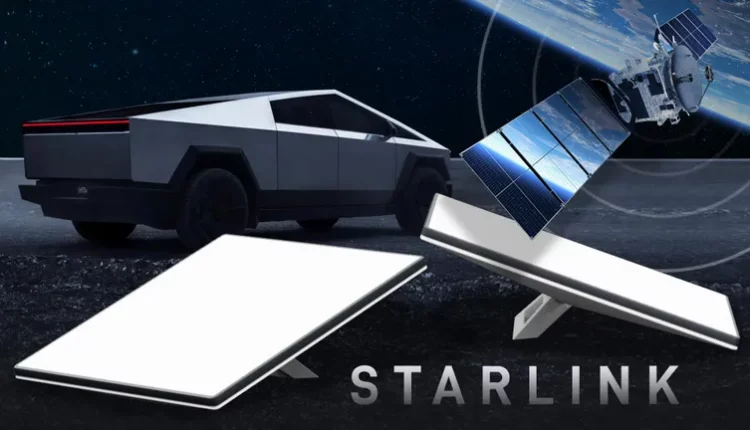LAGOS – Satellites from the Elon Musk’s Starlink are “potentially blinding radio telescopes” with the waves they are emitting, according to Dutch scientists.
Researchers from the Netherlands Institute for Radio Astronomy (ASTRON) conducted two observation sessions using the LOFAR (Low Frequency Array) radio telescope, the largest on Earth.
Equipped with a specialised antenna and receiver, radio telescopes detect and study radio waves emitted by various objects in space, such as stars, galaxies, and nebulae.
However, scientific observations could be jeopardised by the electromagnetic radiation coming from the growing number of satellites, according to a new study published in the journal Astronomy & Astrophysics.
“With LOFAR, we have started a programme to monitor unintended emission from satellites belonging to different constellations, and our observations show that the second-generation Starlink satellites emit stronger emission and do so over a larger range of radio frequencies, compared to the first-generation satellites,” Cees Bassa the study’s lead from ASTRON, said in a statement.
Second-generation Starlink satellites, produced by Elon Musk’s SpaceX, are leaking 32 times more unintended electromagnetic radiation compared to the first-generation ones.
Advertisement
The electromagnetic radiation (UEMR) from the satellites is 10 million times brighter than the weakest astrophysical sources, Bassa said.
“Since SpaceX is launching about 40 second-generation Starlink satellites every week, this problem is becoming increasingly worse,” he added.
A report from the French Academy of Sciences also raised the alarm regarding these emissions.
“The existence of satellite radio sources and their growth prospects are a major potential nuisance,” the body said in March.
Radio emissions from satellites are adding to other sources of pollution, such as human radio emissions from the ground.
SpaceX currently has over 6,300 working satellites in orbit. The company is planning on doubling this amount and requested authorisation for 30,000 more.
“Humanity is clearly approaching an inflexion point where we need to take action to preserve our sky as a window to explore the Universe from Earth. Satellite companies are not interested in producing this unintended radiation, so minimising it should also be a priority in their sustainable space policies,” Federico Di Vruno from the SKA Observatory said.
SpaceX, founded by Musk in 2002, isn’t the only one in the low-atmosphere satellite market: the British company OneWeb, the Canadian Telesat, and the American Amazon are also big players.











